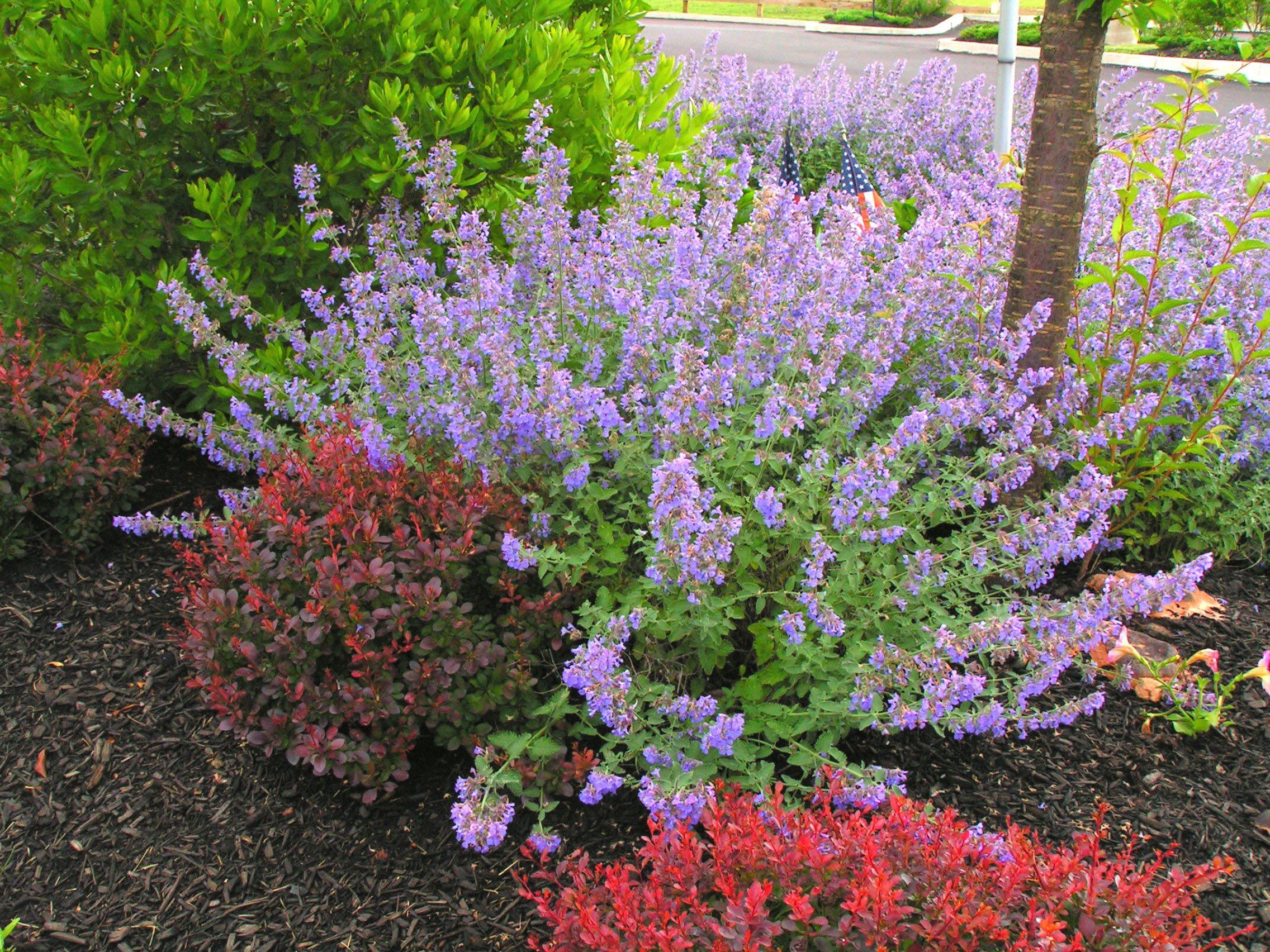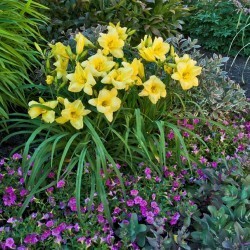Growing a Better Catmint
One of my favorite, late-spring-blooming flowers is Nepeta, or catmint. This herbaceous perennial is hardy in USDA Zones 4–8. It’s a tough plant that can withstand adverse weather conditions and still reliably bloom each year. The gray-green leaves share the spotlight with blue, white, or violet flowers that attract bees and hummingbirds to the garden. The plants will readily rebloom, especially if you stay on top of deadheading. The plant grows 1 to 2 feet tall and can sprawl to 2 to 3 feet wide when happy. It also tolerates deer browsing, which is always a plus. The telltale signs of catmint in my garden are its minty fragrance and the fact that my cat loves it. She will lie in the catmint patch for hours, as if she has just fallen in love.
While catmint is an easy-to-grow perennial, it does have some problems. Plants can get rangy and wild looking, flopping over in heavy rains and as they age. Also, after a few years the center of the plant can die out and it will need to be divided and replanted. While older varieties, such as ‘Walker’s Low’ and ‘Six Hills Giant’, are good varieties to grow, they can have the problems just described. The solution is to grow some of the newer catmints on the market. ‘Cat’s Meow’ forms a nice mounded shape that stays contained all season long. ‘Purrsian Blue’ is even more compact than ‘Cat’s Meow’, growing only 14 inches tall and 18 inches wide, and has periwinkle-colored flowers.
Whichever catmint you choose, apply a layer of compost in spring and keep the plant well watered throughout the growing season. Mulching helps maintain the soil moisture and keeps weeds away. Trim back the dead flowers after the initial bloom and the plant will rebloom again. Divide plants in spring if they get too large or if you just want to create more plants to share. Cut back the foliage to the ground in fall and compost it.




